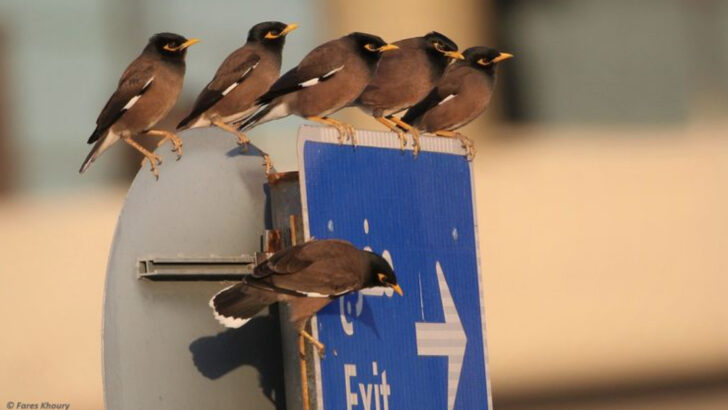Nature’s gone rogue—again.
From subway-riding raccoons to tropical snakes chilling in European backyards, animals are popping up in places that make zero sense.
They didn’t ask for this.
Climate shifts, human sprawl, and plain old chaos have nudged, pushed, and flung these creatures far from home.
Now they’re adapting, surviving, and sometimes thriving where no one expected them.
Parking lots. High-rises. Islands they swam to by mistake.
These 17 animals have rewritten the rulebook on where they belong.
And their new addresses?
Well… they’re as strange as the stories behind how they got there.
Asian Carp
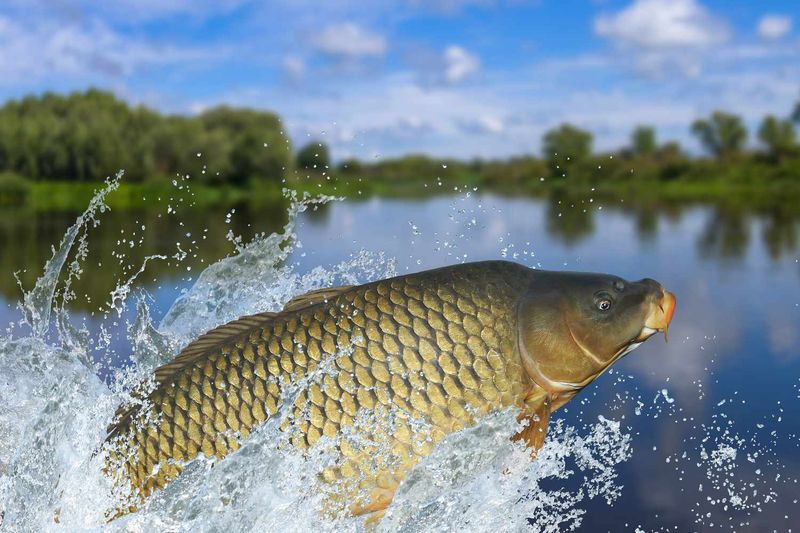
With a splash and a leap, the Asian Carp has invaded the waters of the United States. Originally from Southeast Asia, these fish have thrived in American rivers, often outcompeting native species. Their voracious appetite for plankton disrupts local ecosystems, leading to imbalances.
These carp can grow up to 100 pounds and are known for their impressive jumping ability. Boaters must be cautious, as startled carp can leap several feet out of the water, posing a danger to those nearby.
Efforts are underway to control their population, but the challenge is immense, given their rapid reproduction.
Burmese Python
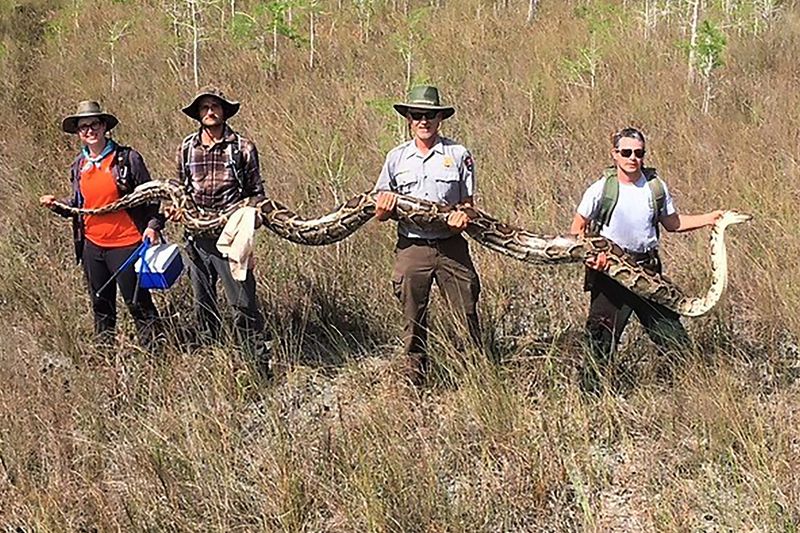
Slithering through the lush Everglades, the Burmese Python has become a notorious resident of Florida. Native to Southeast Asia, these constrictors were introduced to the area through the exotic pet trade. Once released into the wild, they found the swampy region an ideal habitat.
Growing up to 20 feet, these pythons have a significant impact on the local fauna, preying on a variety of mammals and birds. Their presence has led to a stark decline in native species populations.
The battle to manage their numbers is ongoing, with hunters and researchers working together to protect the fragile ecosystem.
European Starling
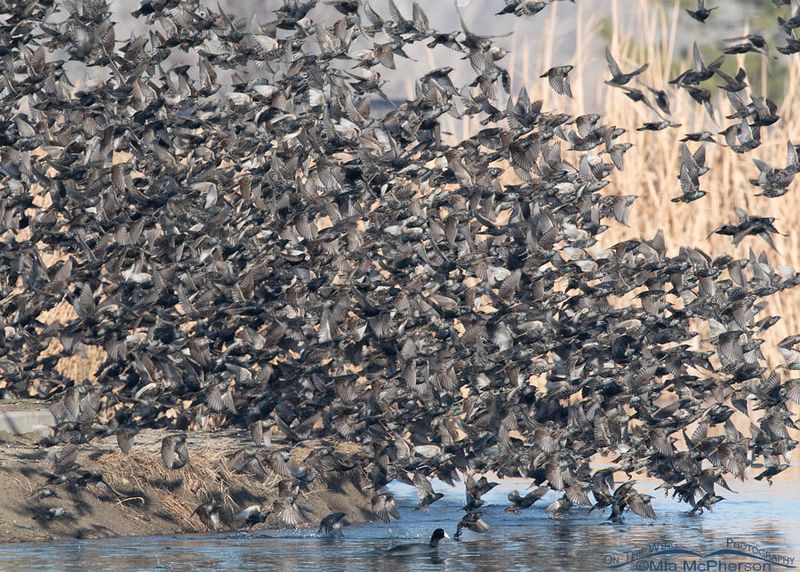
Chattering and whistling, European Starlings have made themselves at home across North America. Introduced in the 19th century by Shakespeare enthusiasts, these birds have multiplied exponentially.
Their adaptability allows them to thrive in urban and rural areas alike, often at the expense of native bird populations. Starlings aggressively compete for nesting sites, sometimes driving out local species.
Despite their nuisance, their striking murmurations, where thousands of birds move in unison, create mesmerizing aerial displays. Controlling their impact remains a task for environmentalists and bird lovers.
Cane Toad
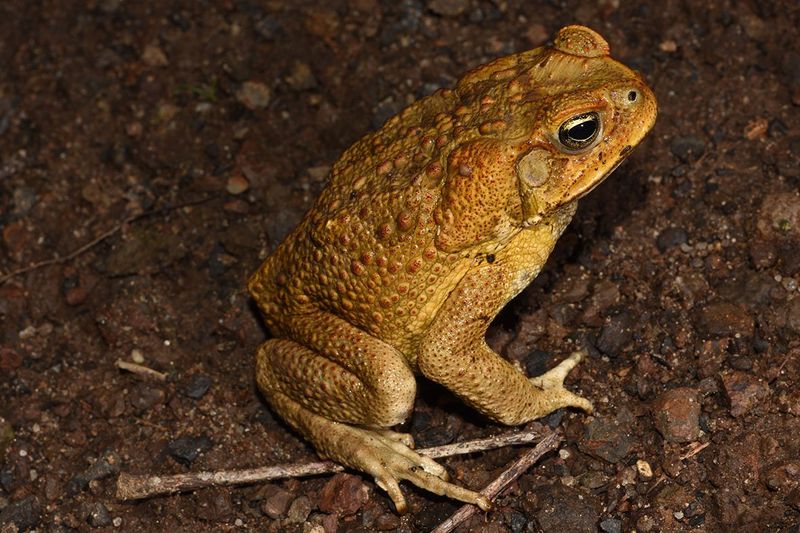
With a warty appearance and toxic skin, the Cane Toad has become infamous in Australia. Introduced in the 1930s to control sugarcane pests, they rapidly spread across the continent.
These toads have a voracious appetite, consuming insects, small mammals, and birds, leading to declines in native species. Their toxic secretions pose a threat to predators, including pets and wildlife.
Efforts to curb their population include trapping and community culling campaigns. However, their numbers continue to rise, challenging conservationists to find effective solutions.
Red Fox
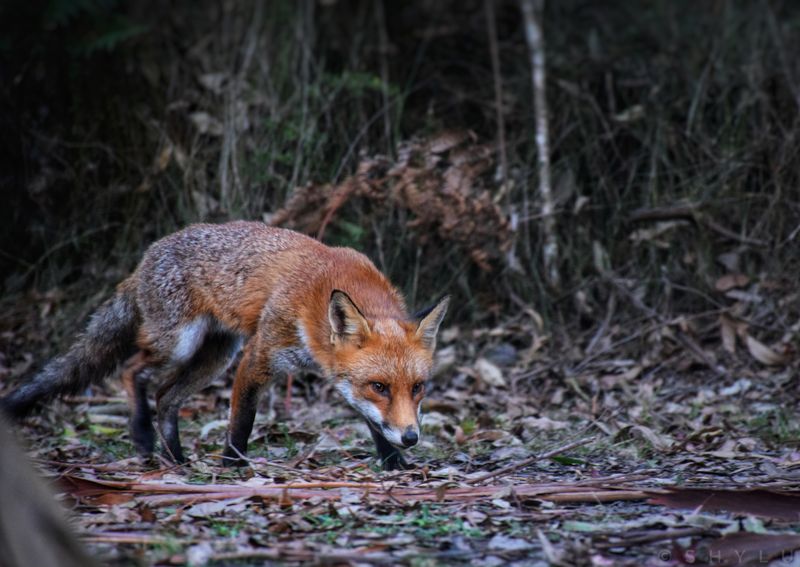
With a sleek coat and cunning eyes, the Red Fox has established itself across Australia’s varied landscapes. Introduced by European settlers for hunting, they quickly adapted to the new environment.
As opportunistic feeders, they prey on native wildlife, which has caused significant declines in some species. Their presence also disrupts local ecosystems, leading to altered predator-prey dynamics.
Conservationists are working to mitigate their impact, employing strategies like baiting and habitat modification. The challenge remains to balance human interests with environmental preservation.
African Honeybee
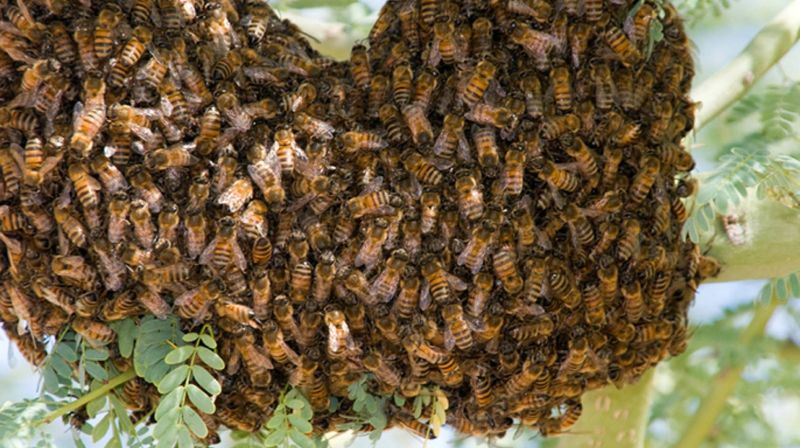
Buzzing with intensity, the African Honeybee has made its mark across the Americas. Originally from Africa, these bees were introduced to Brazil in 1956 for research and quickly spread northward.
Known for their aggressive behavior, they often outcompete local bees for resources, affecting pollination dynamics. Their defensive nature poses risks to humans and animals, leading to numerous stinging incidents.
Efforts to manage their spread focus on education and research, aiming to mitigate their impact on local ecosystems while preserving essential pollination processes.
Green Iguana
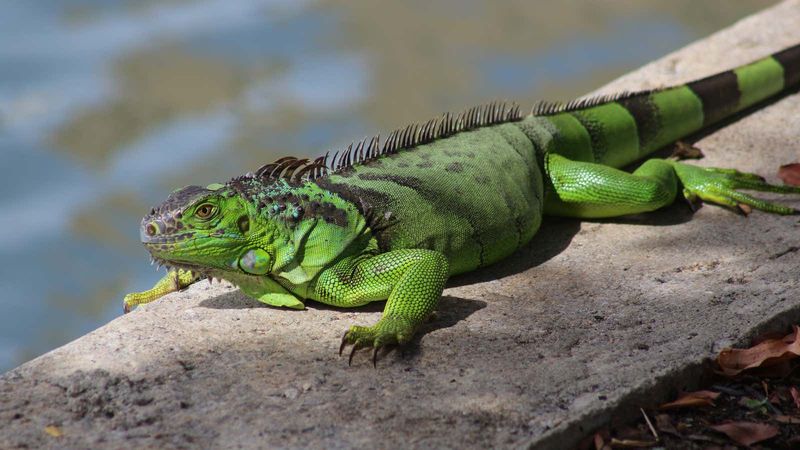
Basking in the Florida sun, the Green Iguana has become a common sight in the Sunshine State. Native to Central and South America, they were brought to the US as pets and later released.
These iguanas thrive in the warm climate, often causing damage to local vegetation and infrastructure. Their burrowing habits can destabilize structures, and they compete with native species for food and habitat.
Local authorities and residents employ various strategies to control their numbers, from removal programs to public awareness initiatives, aiming to preserve Florida’s delicate ecosystem.
Gray Squirrel

With a twitch of its bushy tail, the Gray Squirrel has taken over British parks and gardens. Hailing from North America, they were introduced to the UK in the 19th century.
Their adaptability has allowed them to thrive, often at the expense of the native Red Squirrel. Gray Squirrels outcompete their red counterparts for food and habitat, leading to a decline in the latter’s population.
Efforts to protect the Red Squirrel include habitat management and controlled culling of Gray Squirrels. The struggle continues to preserve the UK’s native wildlife.
Common Myna
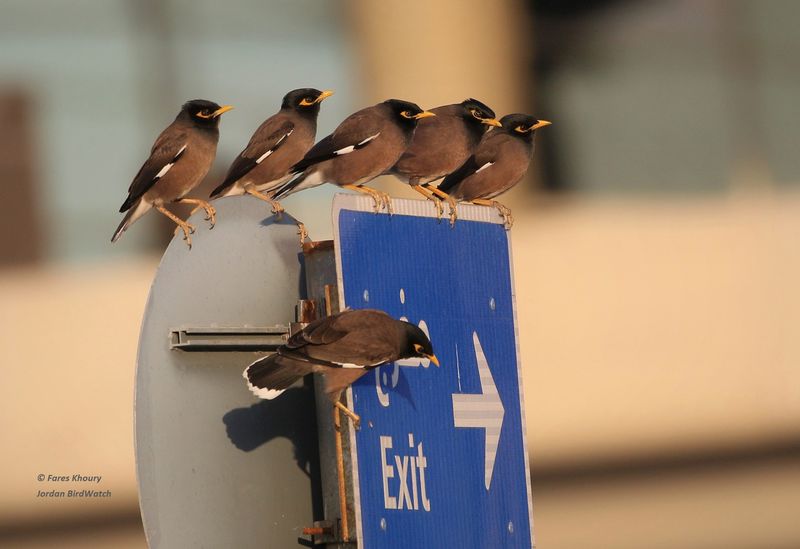
Chattering loudly, the Common Myna has cemented its place in urban landscapes across the world. Originally from South Asia, they have rapidly expanded their range to include the Middle East, Australia, and beyond.
Their adaptability allows them to thrive in city environments, often at the expense of native birds. Mynas aggressively compete for food and nesting sites, sometimes displacing local species.
Efforts to manage their population include public education and habitat modification. Their presence continues to challenge conservationists working to protect native biodiversity.
House Sparrow
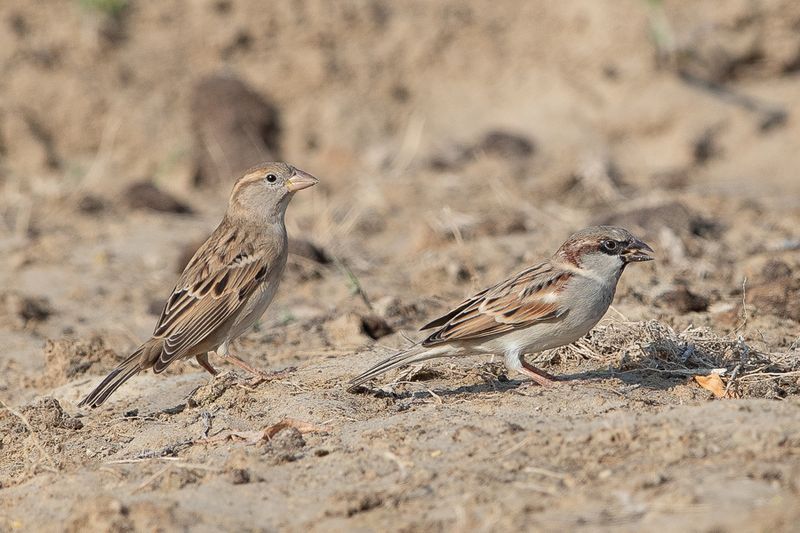
Chirping away, the House Sparrow is a familiar sight in cities worldwide. Originally from Europe, these birds have colonized urban areas across Asia, Africa, and the Americas.
Their ability to adapt to human environments has facilitated their spread, often leading to competition with native bird species. House Sparrows thrive in close proximity to humans, living off scraps and nesting in buildings.
Conservationists are exploring ways to balance their population, aiming to protect native species while acknowledging the sparrow’s role in urban ecosystems.
Nutria
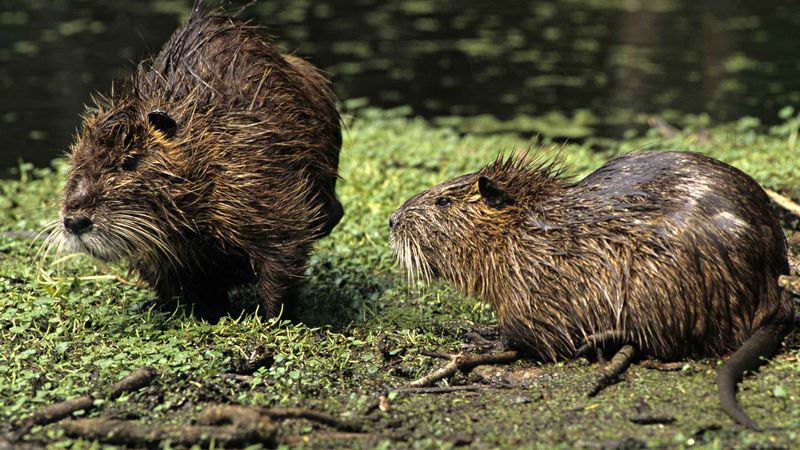
Swimming through the bayous, the Nutria has become a familiar, albeit unwelcome, presence in the southern United States. Native to South America, they were introduced for the fur trade and have since proliferated.
These large rodents erode wetlands through their burrowing and feeding habits, leading to habitat destruction. Their presence adversely affects the local flora and fauna, compounding environmental challenges.
Efforts to control their numbers include trapping and hunting programs. The task remains daunting, requiring collaboration between local authorities and communities.
Raccoon Dog
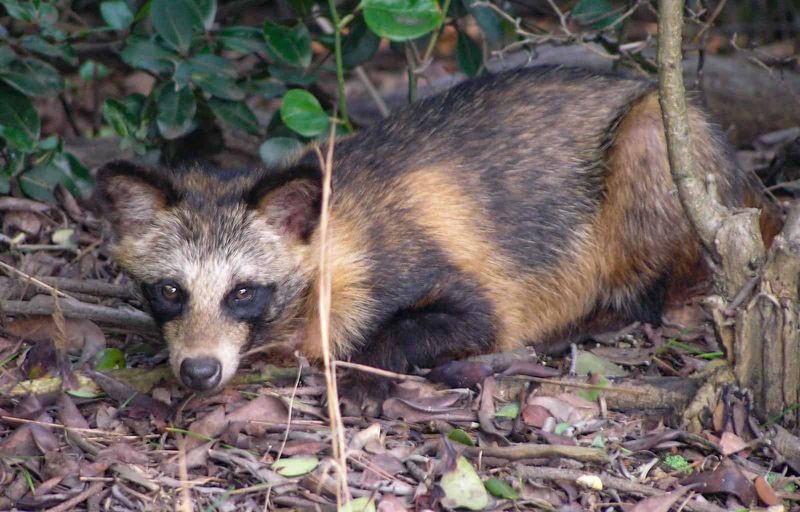
With its raccoon-like face and fluffy coat, the Raccoon Dog has found its way into European forests. Native to East Asia, they were introduced to the Soviet Union for fur farming and have since spread.
These adaptable animals thrive in diverse environments, sometimes leading to ecological imbalances. They prey on small mammals and birds, impacting local wildlife populations.
Efforts to manage their spread include monitoring and targeted hunting. Balancing their impact with conservation goals remains a priority for environmentalists across Europe.
Norway Rat
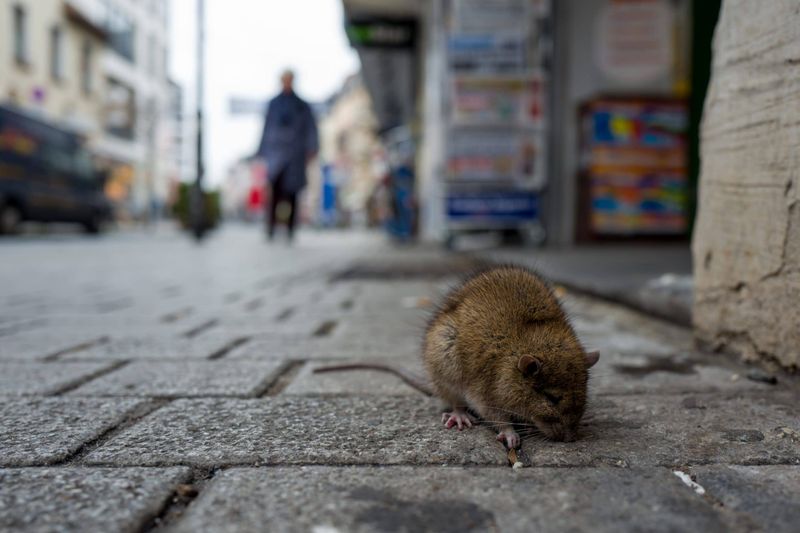
Scurrying through urban landscapes, the Norway Rat has become synonymous with human environments worldwide. Originally from Asia, they have colonized cities across Europe, America, and beyond.
Their adaptability and prolific breeding make them a formidable presence, often leading to human-wildlife conflicts. These rats carry diseases and compete with native species for food and habitat.
Urban management strategies focus on sanitation and population control measures. The challenge remains to coexist with this resilient rodent while minimizing its impact on human health and infrastructure.
Feral Pig
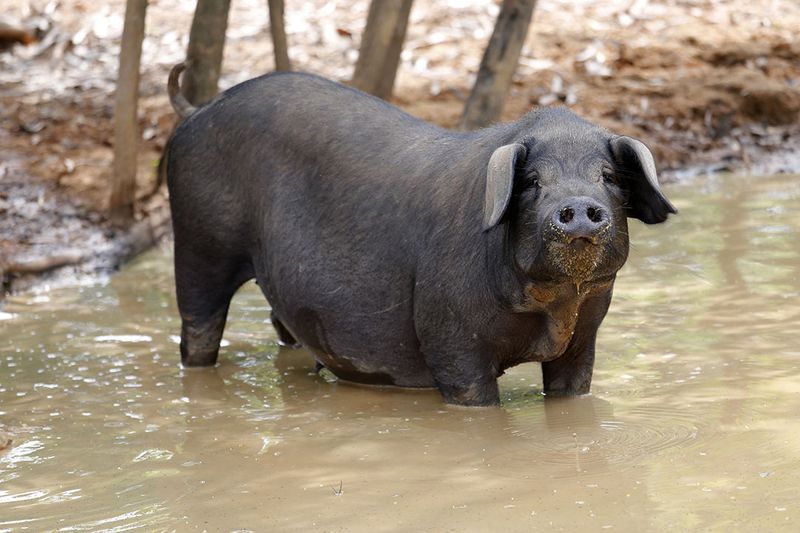
With their bristly coats and snouts rooting through the earth, Feral Pigs are a growing concern in the United States. Descendants of domesticated pigs, they have adapted to wild environments across the country.
Their foraging habits lead to significant agricultural damage and habitat destruction. Feral pigs also compete with native wildlife for resources, exacerbating ecological stress.
Efforts to control their population include hunting and trapping initiatives. The battle to manage their impact requires ongoing collaboration between landowners and wildlife agencies.
Lionfish
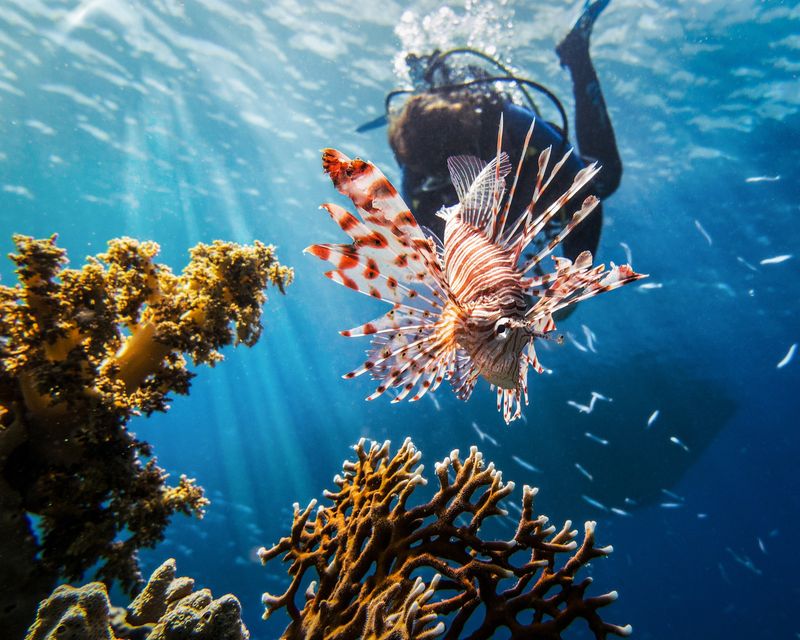
With its striking appearance, the Lionfish has captured attention in the Caribbean Sea. Native to the Indo-Pacific region, they were introduced through the aquarium trade and have since proliferated.
Lionfish are voracious predators, consuming juvenile fish and crustaceans, leading to declining native populations. Their impact on coral reef ecosystems is profound, triggering conservation concerns.
Efforts to mitigate their spread include organized culling and public awareness campaigns. The challenge remains to protect the delicate marine ecosystems from these invasive predators.
Zebra Mussel
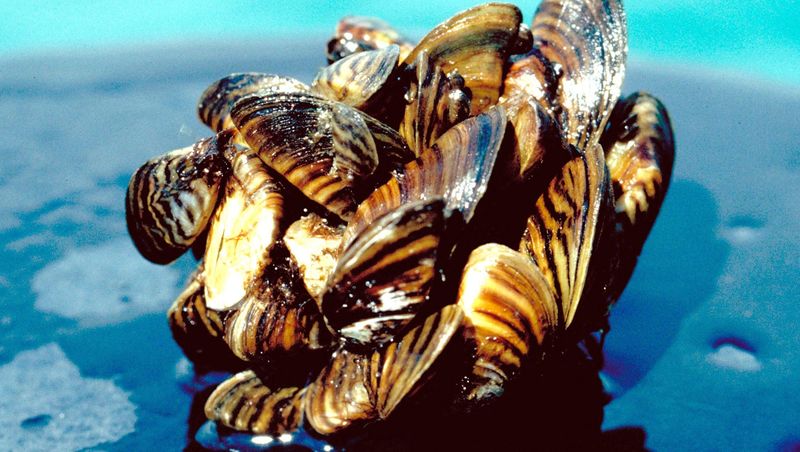
Clinging to surfaces, Zebra Mussels have become infamous in North America’s Great Lakes. Originally from Eastern Europe, they arrived via ballast water from ships.
These mussels rapidly colonize water infrastructure, leading to significant economic and ecological impacts. They filter and deplete nutrients, affecting native aquatic life.
Efforts to control their spread focus on monitoring and preventive measures. The task of managing their impact requires ongoing vigilance from environmental agencies.

